Last year saw the highest number of deaths or disappearances of Rohingya people at sea since 2014, with 569 reported cases, according to the United Nations refugee agency.
The UNHCR revealed that in 2023, almost 4,500 Rohingya individuals took perilous boat journeys across the Andaman Sea and Bay of Bengal. They were escaping crowded refugee camps in Bangladesh or facing persecution in Myanmar.
UNHCR spokesperson Matthew Saltmarsh expressed concern, stating that estimates suggest one Rohingya person died or went missing for every eight attempting the journey in 2023, making this area among the most dangerous waters globally.
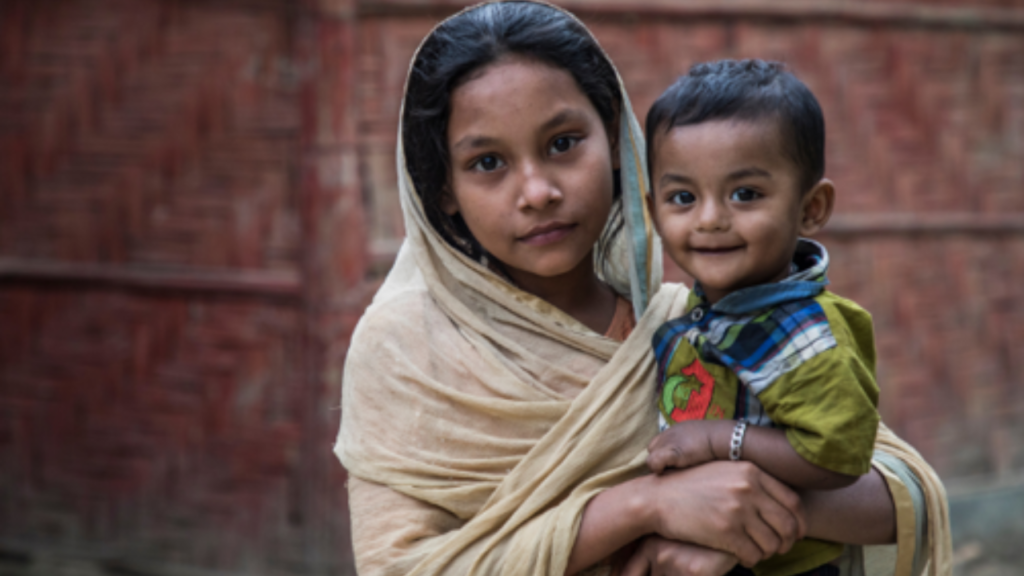
A significant population of Rohingya resides in overcrowded refugee camps in Bangladesh due to the Myanmar military’s severe crackdown in 2017, currently under consideration as a genocide case at the International Court of Justice. Recently, around 7,000 Rohingya refugees faced homelessness again after a fire ravaged their camp in southeastern Bangladesh, as reported by the UN refugee agency.
Those remaining in Myanmar, where a military coup occurred nearly three years ago, are primarily confined to camps in Rakhine State, facing strict restrictions on their movement and daily lives.
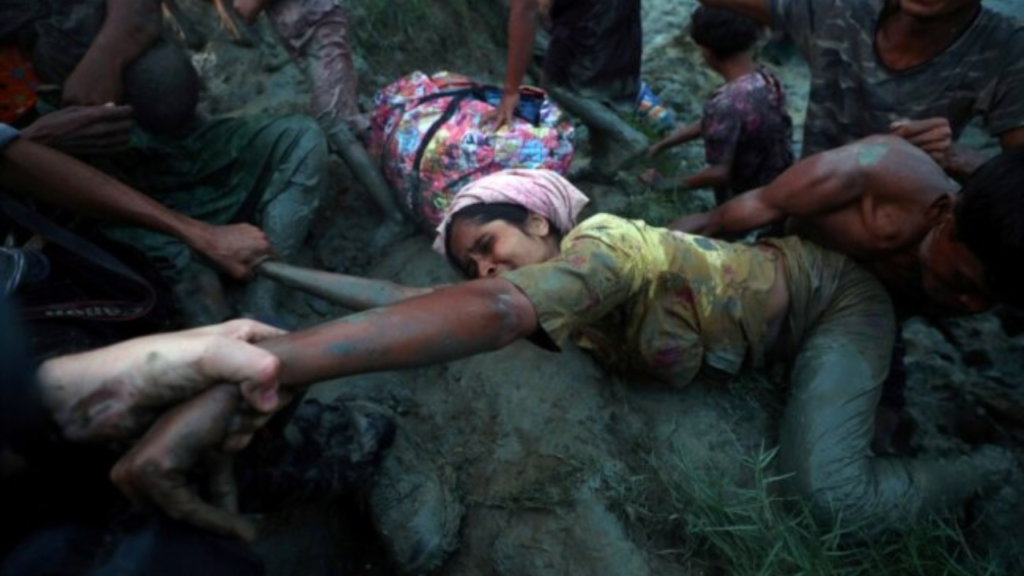
In the last year, more than 1,500 Rohingya arrived on Sumatra Island in Indonesia, seeking refuge. However, unlike previous times, villagers and the military turned away the boats, refusing the refugees ashore despite the dire conditions. Tragic incidents occurred, such as a boat sinking in the Andaman Sea, leaving around 200 people feared drowned. Some remained stranded at sea for days, desperately searching for a place to land.
In December, a mob in Banda Aceh demanded the deportation of Rohingya refugees given shelter in a community hall. This incident, along with others, prompted the UNHCR to call on governments to take preventive measures and avoid such tragedies.
The Rohingya Crisis: A Brief Overview
In 1978, Operation Dragon King forced 200,000 Rohingya to flee to Bangladesh, setting the stage for a series of military campaigns and persecutions. The 1991 Operation Clean and Beautiful Nation displaced another 200,500 Rohingya, marked by atrocities such as executions, rapes, and assaults on civilians. Subsequently, the Nayaka paramilitary force was established to further persecute the Rohingya along the border areas.

Photo: Paula Bronstein/Getty Images
Discrimination Through Citizenship Law:
Discrimination against the Rohingya intensified with the introduction of the Burma Citizenship Law in 1982. This law effectively rendered them stateless by denying them citizenship, creating three categories that made it nearly impossible for the Rohingya to qualify. This institutionalized discrimination paved the way for violence, restrictions on movement, and denial of basic rights, severely impacting their daily lives.
The Rohingya were confined to their village tracks, requiring travel passes to visit neighboring villages, further restricting their mobility. This had severe consequences, hindering their access to markets, employment opportunities, healthcare facilities, and higher education. The 1991 Operation Clean and Beautiful Nation forced more Rohingya to flee, amplifying their suffering.
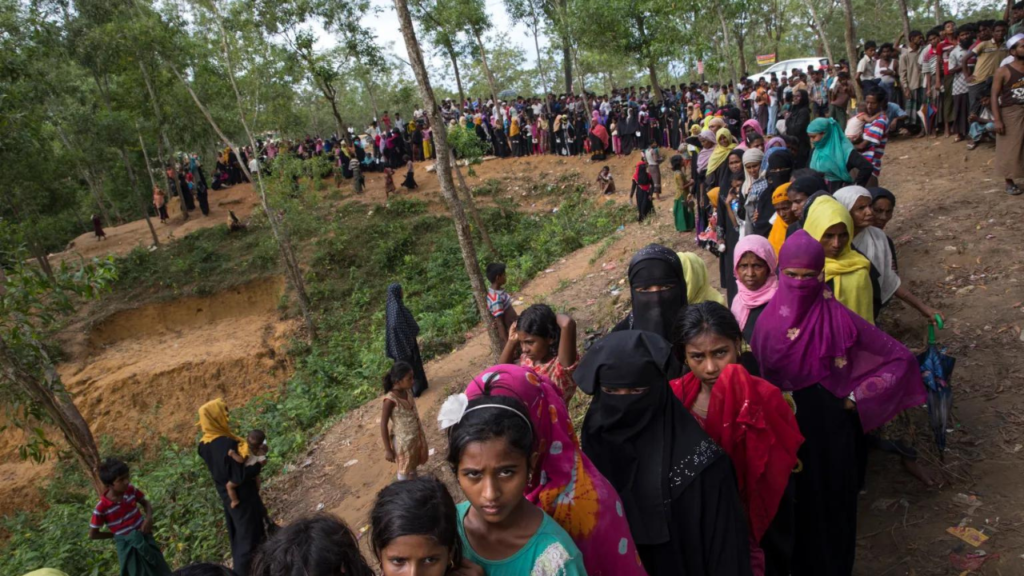
Military Campaigns and Atrocities
In 2016, the Arakan Rohingya Salvation Army (ARSA), a Rohingya armed group, emerged and attacked three police outposts, killing nine officers. The Myanmar military responded with disproportionate force, conducting clearance operations leading to widespread human rights abuses.
Crackdowns and Forced Migration:
Myanmar’s government crackdowns, such as the 2017 brutal crackdown in response to Rohingya militants’ attacks, led to widespread killings, rape, arson, and displacement. The military’s actions resulted in yet another massive exodus of Rohingya civilians fleeing to Bangladesh.
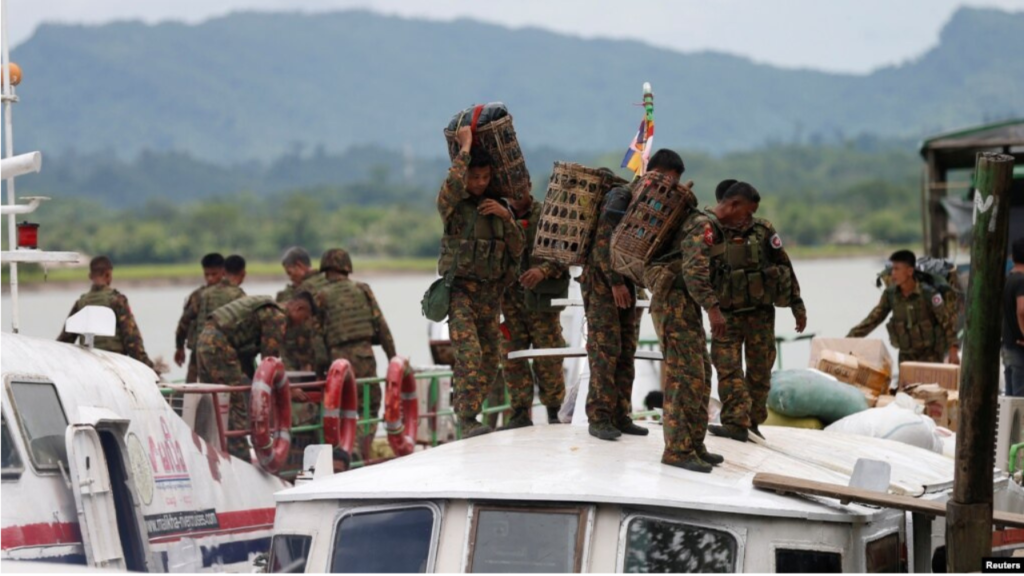
Prior to the 2017 crisis, there were waves of violence against the Rohingya, with deadly clashes in 2012 resulting in significant displacement and destruction. Observers noted that local police took sides, exacerbating tensions between Rohingya Muslims and Buddhists in Rakhine state.
International Response
Countries and humanitarian organizations have provided aid and support to the Rohingya refugees in Bangladesh, with the United States, the EU, and the UK imposing sanctions on individuals and entities involved in human rights abuses and atrocities against the Rohingya. The EU has supported longer-term development programs aimed at enhancing the resilience of both Rohingya refugees and host communities in Bangladesh, focusing on areas such as livelihoods, education, and infrastructure development.
The UK has provided significant financial support to humanitarian organizations and international agencies working in Bangladesh to assist Rohingya refugees, engaged diplomatically to raise awareness of the Rohingya crisis, and participated in efforts to resettle Rohingya refugees. Resettlement programs aim to provide refugees with opportunities for a new life in the UK, with access to support services and integration programs.
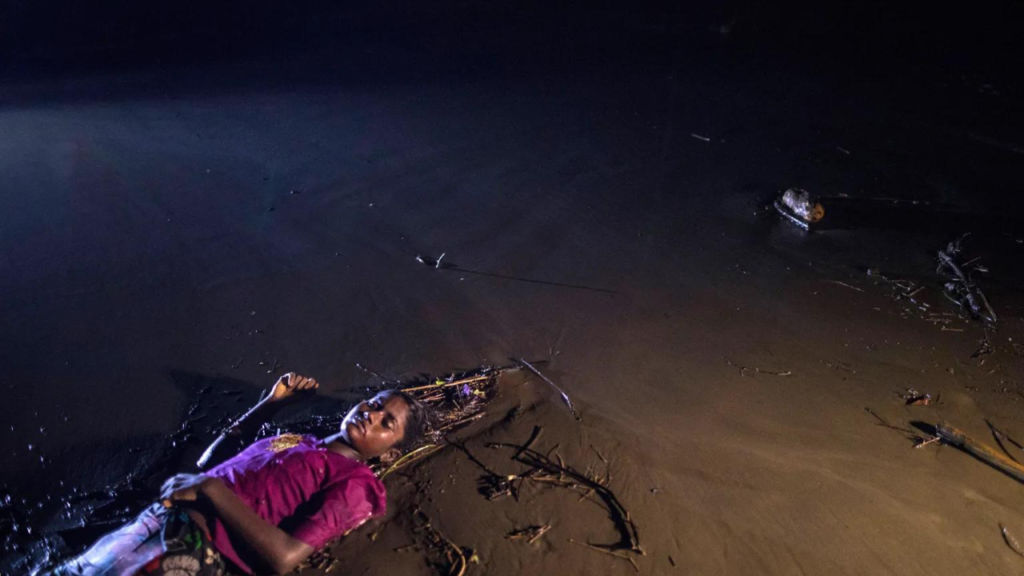
Current Challenges
The massive influx of Rohingya refugees into Bangladesh has created challenges for humanitarian organizations and the Bangladeshi government. Over 9,000 Rohingya refugees, including nearly 4,000 children, lack access to education, highlighting the urgent need for international attention and support.









